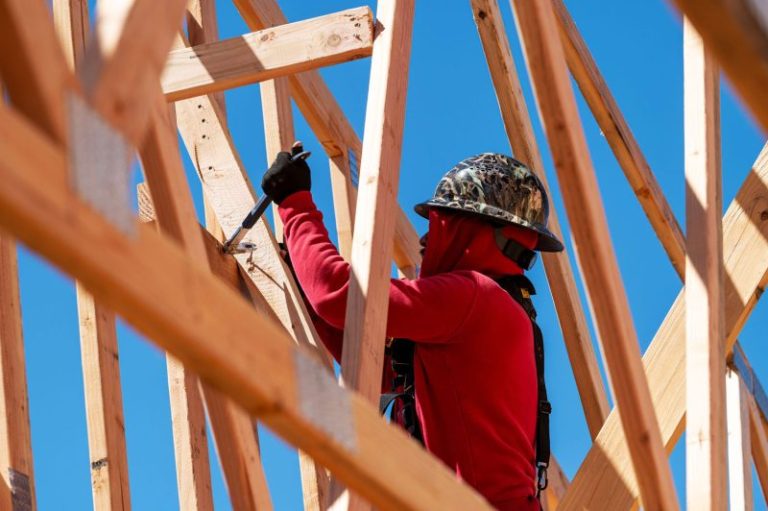In the United States, the construction industry is experiencing a significant boom, with a surge in housing developments, office buildings, and infrastructure projects across the country. This construction boom is not only reshaping the skyline of cities but also having a noteworthy impact on the rental market, creating a ripple effect that is lowering rents and offering various perks to renters.
One of the most noticeable effects of the construction boom on the rental market is the increase in available rental units. With developers racing to complete new housing projects, the supply of rental properties has expanded, providing renters with more options to choose from. This increase in supply has put pressure on landlords to offer competitive rental rates and incentives to attract tenants, ultimately leading to a decrease in average rental prices in many areas.
Additionally, the construction boom has led to the development of modern and amenity-rich rental properties. Developers are incorporating innovative designs, high-quality finishes, and a wide range of amenities into their projects to attract renters. From rooftop terraces and fitness centers to co-working spaces and pet-friendly facilities, these new rental properties offer a luxurious and convenient lifestyle for tenants. The competition among developers to differentiate their projects has resulted in a higher standard of living for renters, with many new buildings providing resort-style amenities typically associated with upscale condominiums.
Another significant perk for renters in the wake of the construction boom is the opportunity to negotiate favorable lease terms. With an abundance of rental units available in many markets, renters have more bargaining power when it comes to lease agreements. Landlords may be more willing to offer concessions such as reduced rent, waived fees, or flexible lease terms to attract tenants in a competitive market. Renters can leverage this situation to secure a better deal and enhance their renting experience.
Furthermore, the construction boom has contributed to the revitalization of neighborhoods and the overall improvement of urban areas. New developments bring economic growth, job opportunities, and increased foot traffic to previously underdeveloped or neglected areas. As construction projects reshape the urban landscape, they create vibrant communities with a mix of residential, commercial, and recreational spaces, enhancing the quality of life for residents and renters alike.
In conclusion, the ongoing construction boom in the United States is transforming the rental market in numerous ways, benefiting renters with lower rents, upscale amenities, negotiation opportunities, and neighborhood revitalization. As developers continue to break ground on new projects and expand the supply of rental properties, renters can expect to enjoy a range of perks and advantages in the competitive rental market. The construction boom is not only reshaping skylines but also reshaping the renting experience for individuals across the country.



